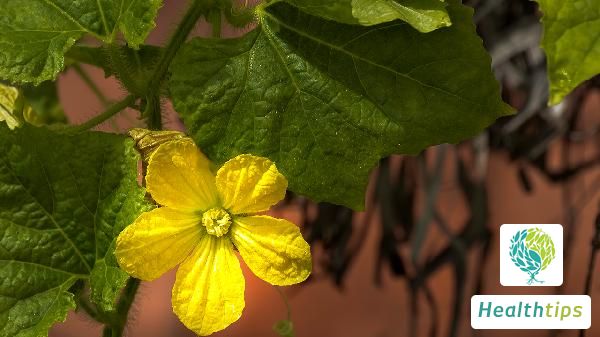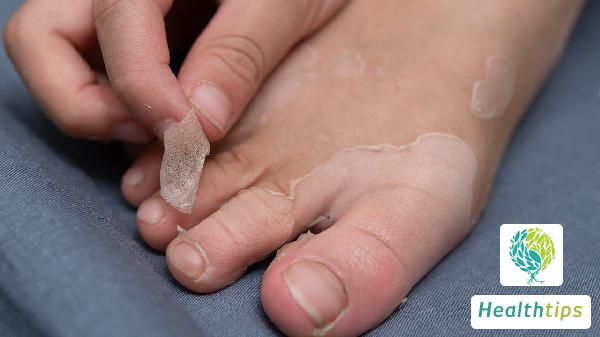How to Handle a Popped Blister on the Sole of the Foot?
After a blister on the sole of the foot bursts, it should be disinfected and bandaged in a timely manner. Adequate rest, proper care, and medication are also necessary. It is recommended to seek medical attention promptly for targeted treatment.

Disinfection: Blisters on the sole of the foot may accompany skin and mucosa damage, which should be disinfected immediately to prevent bacterial infection and inflammation. If iodophor is used to wipe the affected area, the irritation will be relatively small.
Bandaging: The position of the sole of the foot is special. Besides disinfecting the affected area, doctors also recommend bandaging to prevent the skin of the affected area from coming into contact with shoes and socks. Meanwhile, regular visits to the hospital are necessary to change dressings and check the recovery progress.
Adequate Rest: After basic treatment, ensure sufficient rest and reduce movement of the affected area to promote recovery. If the injury is severe, bed rest may be required for a period of time, with the affected limb appropriately elevated.
Proper Care: During the recovery period, pay attention to the hygiene of the affected area and avoid contact with dirt or water to prevent infection. Meanwhile, adjust the diet by consuming more foods rich in high-quality protein and vitamins, such as milk, meat, fresh vegetables, and fruits.
Medication: If obvious symptoms such as redness, swelling, or itchiness appear during the recovery process, antibiotics can be used under a doctor's advice to reduce inflammation and promote recovery. Commonly used clinical drugs include erythromycin ointment and mupirocin ointment.
Blisters on the sole of the foot should be treated by professional doctors in formal institutions, followed by proper care as advised by the doctor in the later stages. If any abnormal symptoms occur, follow-up visits should be made promptly.



















